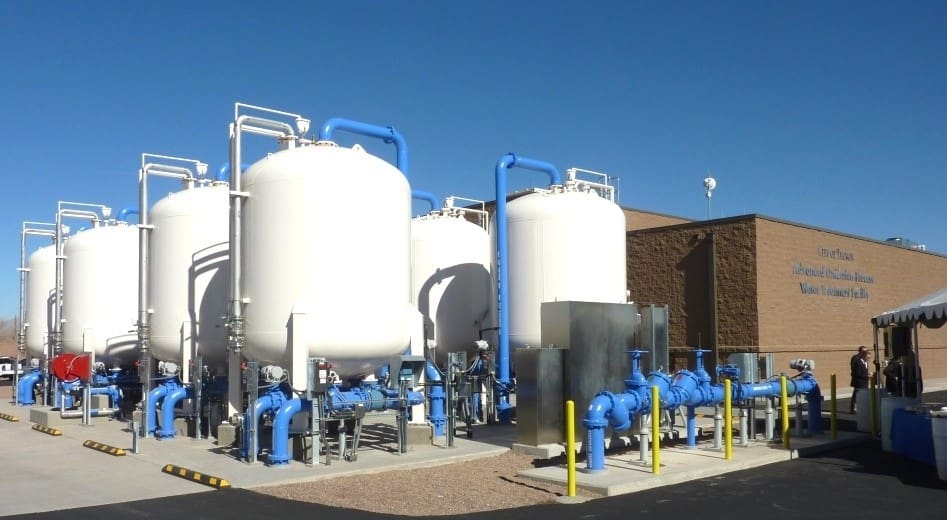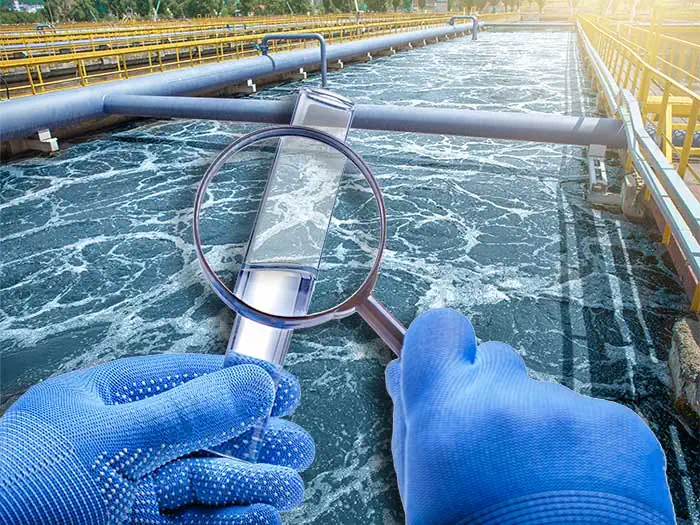Why PFAS Treatment Is Crucial for Reducing Harmful Chemical Exposure
Cutting-edge PFAS Treatment Solutions for Safer Water
The enhancing occurrence of PFAS contamination in water materials requires a critical exam of ingenious therapy remedies. Additionally, emerging bioremediation techniques supply a more lasting method to dealing with PFAS challenges. pfas management.
Summary of PFAS Contamination
PFAS contamination has arised as a significant environmental and public health and wellness worry. Per- and polyfluoroalkyl compounds (PFAS) are a group of artificial chemicals recognized for their persistence in the atmosphere and body, leading them to be typically referred to as "forever chemicals." These substances have actually been commonly used in different sectors, consisting of firefighting foams, water-repellent fabrics, and food packaging, largely due to their water- and grease-resistant residential or commercial properties.
The extensive use PFAS has actually resulted in their discovery in dirt, water supplies, and even in the blood of human beings and pets. Researches have linked PFAS direct exposure to various wellness issues, including developmental results in babies, immune system dysfunction, and various kinds of cancer cells. Furthermore, the ecological persistence of these substances complicates their degradation and elimination, elevating concerns concerning long-lasting eco-friendly impacts.
Governing bodies are progressively executing rigid guidelines to monitor and reduce PFAS levels in alcohol consumption water and other environmental mediums. As understanding of PFAS contamination grows, it has come to be critical for communities and markets to seek efficient treatment solutions to reduce direct exposure and guard public wellness.
Advanced Purification Technologies
As the seriousness to attend to PFAS contamination increases, advanced filtering technologies have actually become a pivotal part in the removal efforts focused on removing these consistent chemicals from water resources. These modern technologies utilize advanced systems to properly target and record PFAS substances, which are notoriously resistant to standard therapy techniques.
Among one of the most encouraging methods is the usage of granular turned on carbon (GAC), which adsorbs PFAS particles as a result of its high surface location and porous framework. This technique has actually been widely executed in both municipal and commercial settings, showing substantial decreases in PFAS focus. In addition, ion exchange resins have actually gained traction, especially developed to uniquely bind PFAS ions from water, hence facilitating their elimination.
Membrane layer purification modern technologies, such as reverse osmosis and nanofiltration, additionally reveal efficiency in PFAS removal by literally dividing pollutants from water - pfas management. These systems can accomplish high degrees of purity, making them ideal for alcohol consumption water applications
Chemical Treatment Advancements
Many chemical therapy technologies are being explored to efficiently attend to PFAS contamination in water supplies. One promising approach includes the usage of sophisticated oxidation web link procedures (AOPs), which make use of powerful oxidants such as ozone, hydrogen peroxide, or chlorine dioxide integrated with UV light to break down PFAS compounds into much less damaging compounds. This approach Check Out Your URL has actually demonstrated efficacy in laboratory settings, revealing prospective for scalability in real-world applications.
An additional innovative approach is the advancement of ion-exchange resins particularly designed to target PFAS. These materials can selectively adsorb PFAS compounds from water, permitting their elimination throughout treatment procedures. Recent innovations have actually boosted the effectiveness and capacity of these materials, making them a beneficial option for water treatment centers.
Furthermore, researchers are investigating making use of chemical agents like persulfate and ferrous ions to enhance the degradation of PFAS in infected water. These agents can cause chemical reactions that promote the break down of consistent PFAS compounds.
Emerging Bioremediation Methods
Recent developments in chemical therapy innovations have actually led the method for checking out bioremediation strategies as a practical option for addressing PFAS contamination. Bioremediation takes advantage of the natural metabolic procedures of microorganisms to weaken or transform toxins, making it an appealing method for dealing with relentless contaminants like PFAS.
Emerging methods in bioremediation include making use of genetically engineered microbes that can especially target and break down PFAS substances. These microbial stress are being established for their enhanced deterioration abilities, enhancing the effectiveness of the removal procedure. In addition, researchers are examining the possibility of plant-assisted bioremediation, where particular plant types might uptake and sequester PFAS from contaminated dirt and water.
An additional promising strategy is the application of bioaugmentation, which entails introducing helpful microbes into infected atmospheres to boost the degradation of PFAS. This method can facilitate much faster remediation timelines and boost general effectiveness.

Regulative Structures and Specifications
A thorough regulative structure is vital for properly taking care of PFAS contamination and making sure public health security. The raising recognition of per- and polyfluoroalkyl substances (PFAS) as toxic wastes has triggered numerous government and state firms to develop requirements that control their visibility in water products. The U.S. Epa (EPA) has established health advisories and is working toward establishing enforceable limits for PFAS in drinking water.
State-level laws vary substantially, with some states taking on stricter guidelines than those suggested by the EPA. These regulations usually include optimum contaminant levels (MCLs) for specific PFAS substances, tracking requirements, and reporting responsibilities for water utilities. In addition, arising structures concentrate on the removal of infected sites, stressing the need for efficient therapy modern technologies.

Final Thought
Finally, the development and application of innovative PFAS treatment solutions are crucial for attending to the pervasive issue of water contamination. Advanced filtering innovations, chemical treatments, and arising bioremediation techniques collectively offer a multifaceted approach to properly decrease and degrade PFAS degrees. As regulative frameworks proceed to develop, incorporating these innovations will be vital to protect public health and wellness and bring back the stability of contaminated water sources, eventually contributing to a cleaner and much safer atmosphere.